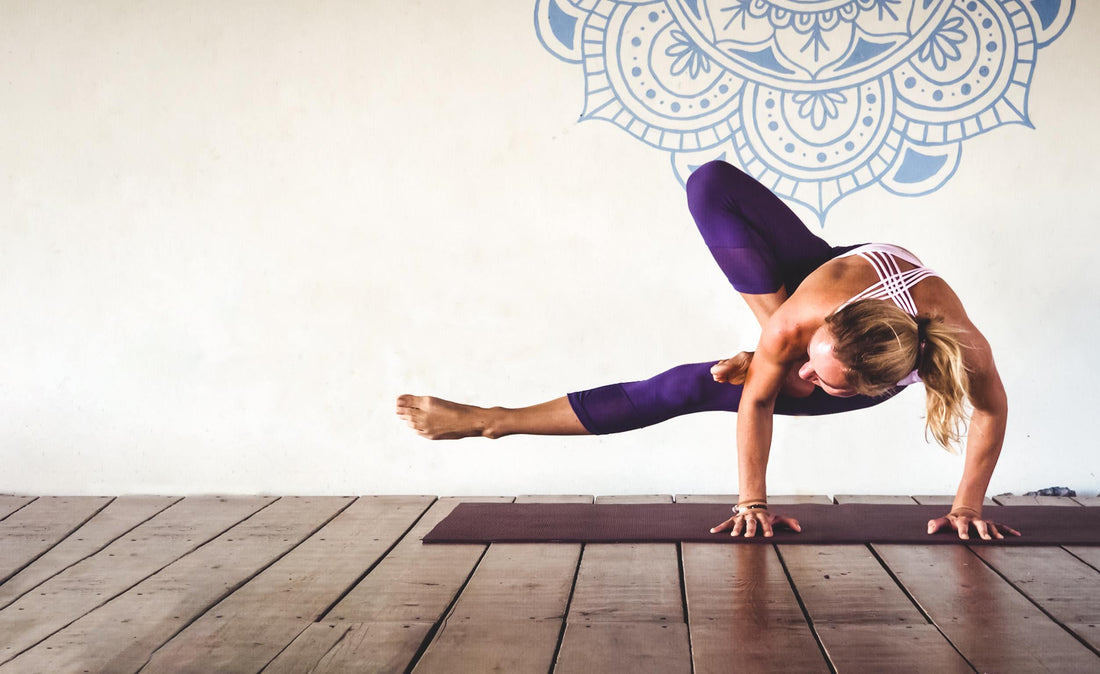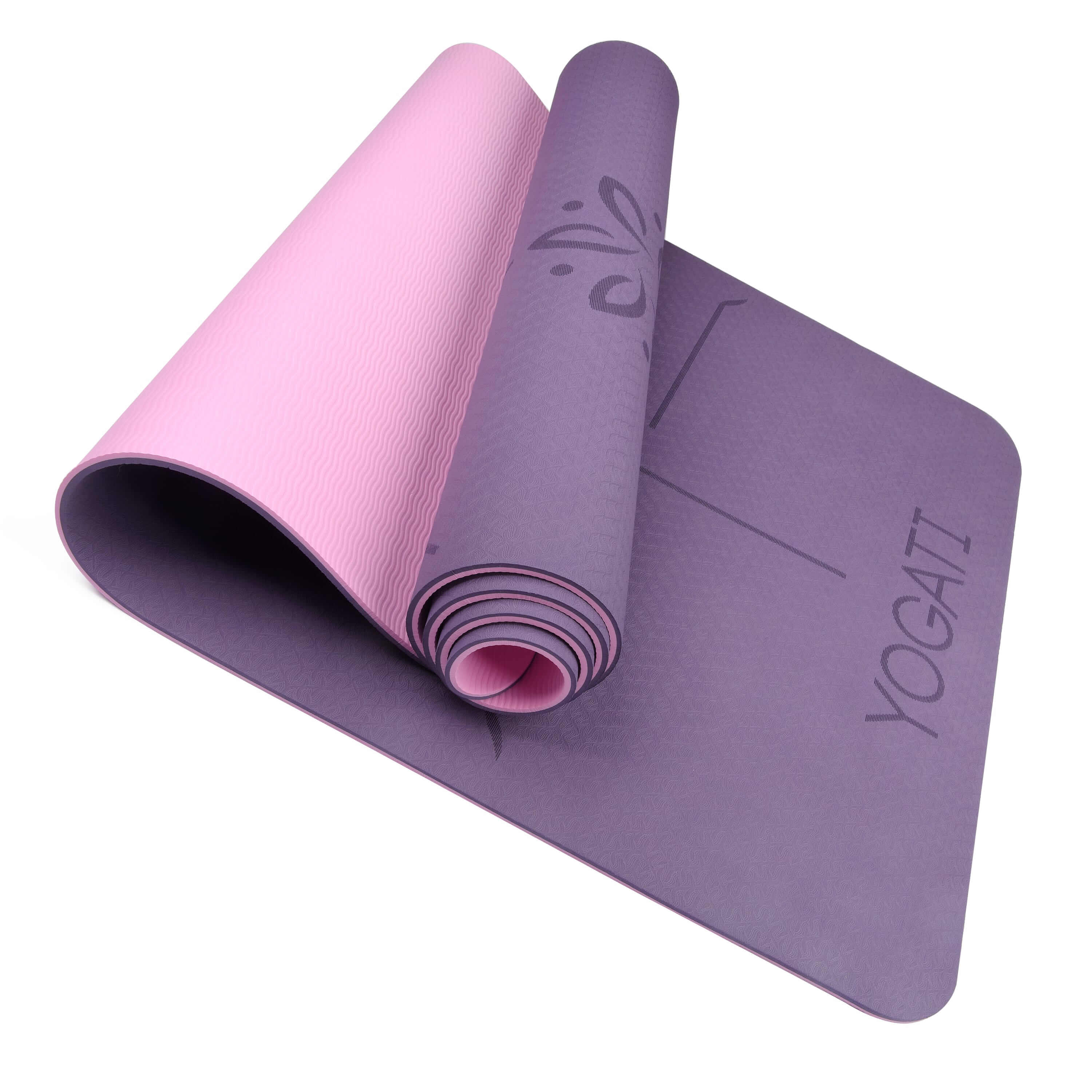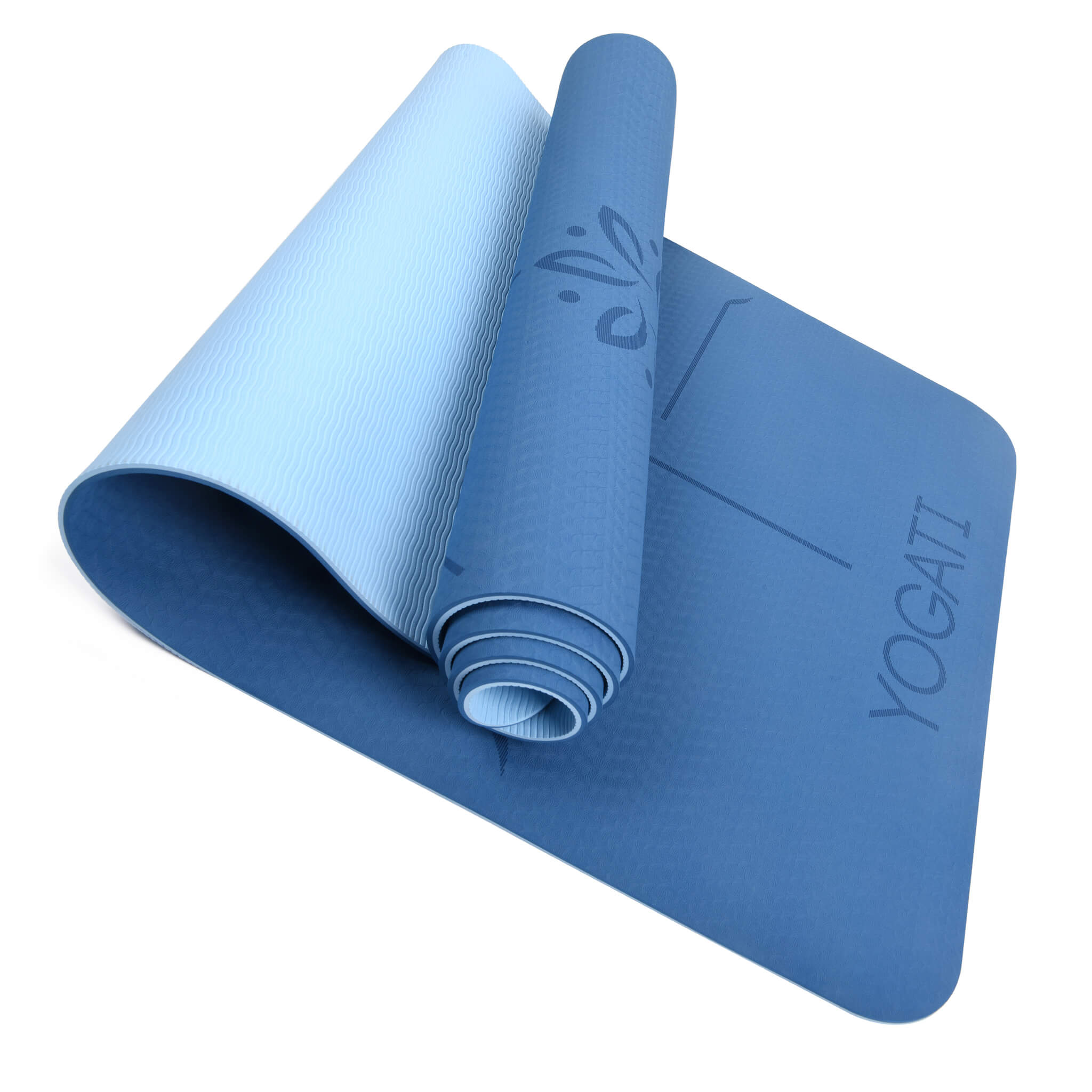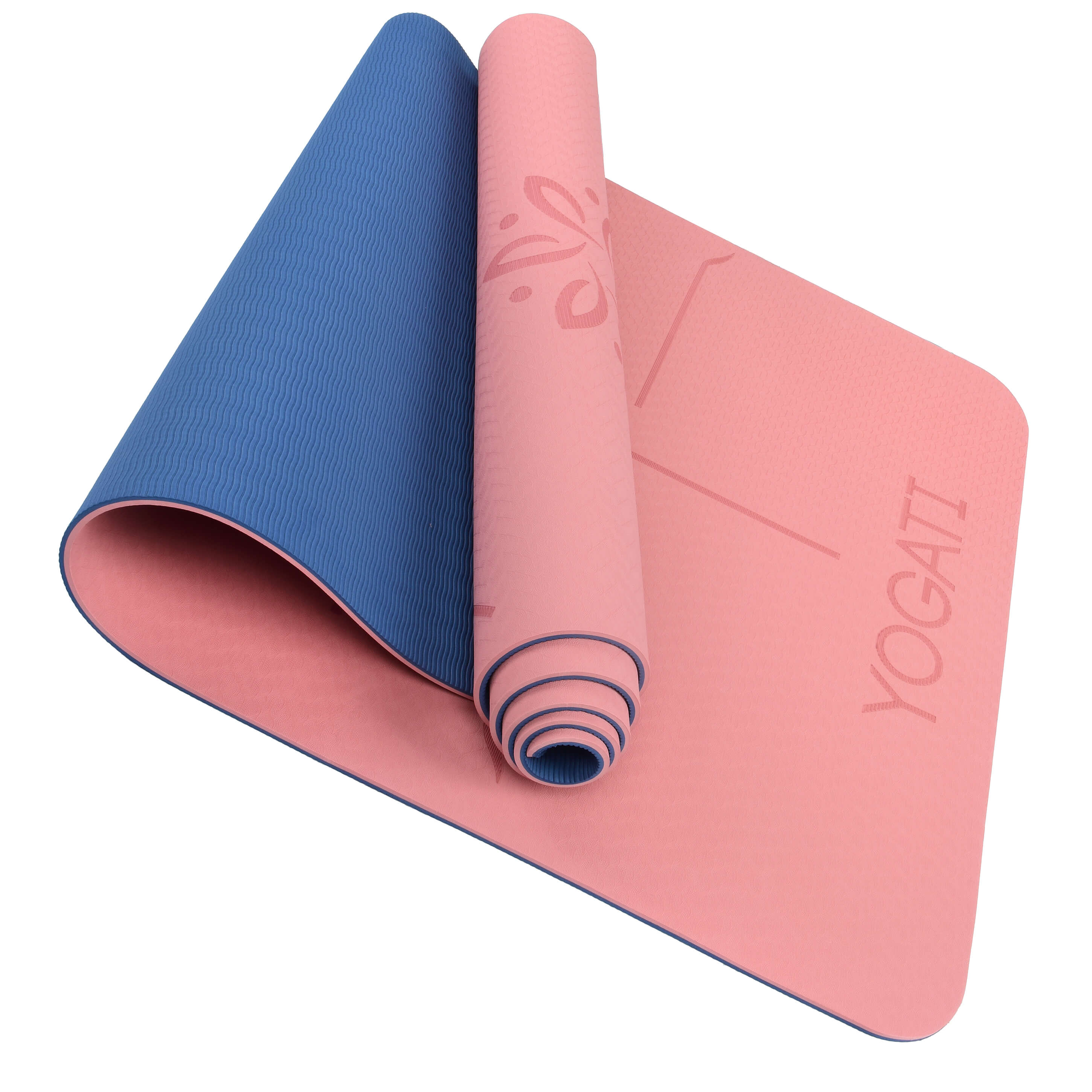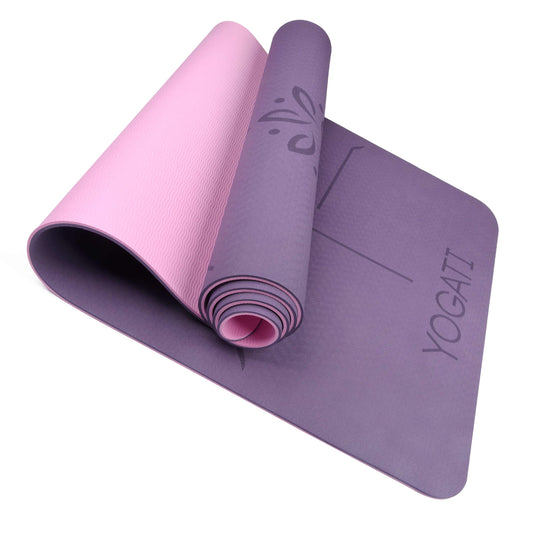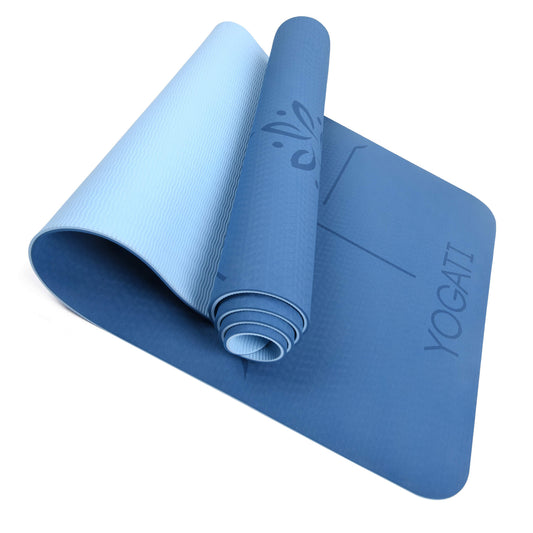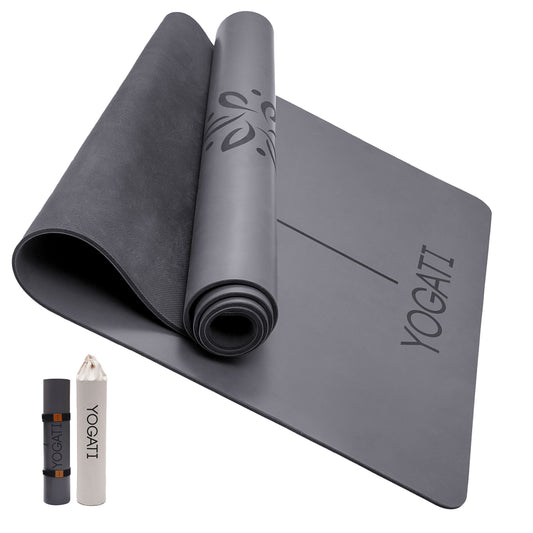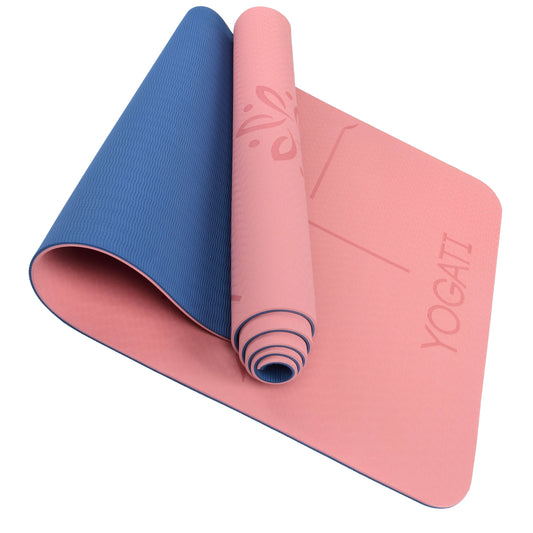Introduction
Want to start yoga but not sure which type will suit you best? Do you want to wake up your muscles and tone your body without getting bored? Vinyasa yoga is for you. It is a dynamic and accessible yoga for all.
So what is it exactly? What are its benefits ? And how to practice it?
I offer you this article to better understand Vinyasa
What is Vinyasa Yoga?
In Sanskrit, the word Vinyasa is composed of two terms: “nyasa” which means “to place” and “vi” which means “in a certain way”. Vinyasa then means the synchronization of breath and movement. This type is derived from Ashtanga yoga , which is a dynamic and codified practice. Vinyasa yoga does not follow a series of strict and identified postures. It is rather a sequence of dynamic movements, initiated and harmonized by breathing. These sequences are the result of the experience acquired by the teacher and are adaptable to the needs of each.
The general idea is to allow the breath to guide the movement, so that it is the engine of our actions and the direction of our rhythm, thus allowing a very great fluidity of movement.
History
Vinyasa yoga was born in India, in the same premises of the Ashtanga Yoga Research Institute school. This type of yoga was created by Sri Krishna Pattabhi Jois, then spread to the West in the early 1960s.
Vinyasa yoga subsequently enjoyed great success over the years in the United States, and was adopted under the name "Vinyasa Flow Yoga", thanks to the fluidity of the movements and the improved condition of the postures.
Who can practice Vinyasa yoga?
This type of yoga is for people who are looking for a free, full and dynamic body workout but who do not appreciate the repetitive nature of Ashtanga yoga . It is the ally of those looking for well-being, flexibility and muscle strengthening.
In general, this practice has no age requirement. Its different levels allow beginners to evolve in all serenity and without complex.
On the other hand, this practice is not recommended in case of pregnancy, unless the person is advanced in the field. But you should still avoid inverted postures.
What are its benefits ?
The benefits of Vinyasa yoga are numerous, both for the body and the mind. After a Vinyasa session, a feeling of well-being and fullness is felt immediately.
Among its advantages are:
- internal cleaning;
- eliminate toxins and get rid of impurities through perspiration;
- develop their ability to concentrate;
- calm the mental and emotional state;
- help learn to let go quickly and more easily;
- evacuate the overflow of emotions accumulated in the body;
- to manage stress ;
- improve sleep;
- give strength, endurance and flexibility;
- strengthen and stretch the muscles;
- increase oxygenation of cells and organs;
- improve the body and lengthen the figure.
What is the difference with Ashtanga?
As already mentioned in the previous article, the practice of Vinyasa is more free than Ashtanga , where fixed series of postures are repeated. As for Vinyasa yoga, it is characterized by a certain fluidity, a specific flow, and a continuity of movement that allows you to achieve the famous letting go. Unlike Asthanga, Vinyasa yoga is a suitable practice for those who are always looking for something new or easily bored.
How to practice it?
You should know that each Vinyasa yoga class can be different from another, because there is no framework or specific rules to follow.
This yoga can be practiced in the studio, in the gym or even at home by taking online classes . Like any other type of yoga, Vinyasa is practiced barefoot, on a mat, with comfortable sportswear.
Vinyasa classes may vary from teacher to teacher. The latter creates his courses according to his personality, his practice, his energy, as well as that of his present learners, their energies, their level and their needs. The teacher listens carefully to the desires, needs and expectations of his students and draws inspiration from the environment to adapt his lessons.
In general, the course takes place around a theme, physical (opening of the hips, opening of the heart, digestion…) or more spiritual (influence of the moon, the seasons…). It can even revolve around a challenge posture, called “peak pose”. In this case, all the practices will aim to prepare the body for this advanced posture.
The sequence of postures is centered by the breath which guides the different movements. It is recommended to practice the Ujjayi breathing , the breathing of the victorious breath, which is practiced through the nose with a slight contraction of the throat allowing the inhaled and exhaled air to be filtered.
A Vinyasa Yoga class generally includes:
- The warm-up to prepare the body and mind. You can sit or lie down. Then you get in touch with your energy by connecting to your sensations and observing your breath. Finally, start stretching.
- Next come the first movements, where you can start with the Sun Salutation movements. To then continue with postures with a rhythm of breathing. Remember, open poses go with an inhale, while forward bends go with an exhale.

- Then the standing postures, namely: triangle, warrior 1, 2, 3, tree, eagle…. which depend on your level and your time. Try to stay focused on the postures that you master the most.

- The “peak pose”, which is the posture that challenges you, and which requires good preparation, for example the postures of balance, inversions, the posture of the dancer or the camel…. It is these postures that will determine the warm-up that you must do beforehand.
- A series of seated and/or lying postures, and return to calm. This is the stage where you must do postures on the ground to calm the mind: the clamp, the pigeon, the seated twists, the butterfly...

- A final relaxation or meditation. You can put yourself in the SAVASANA position (relaxation lying on your back). This last exercise allows you to observe your emotional and physical state and reflect on all that has changed in you between the moment you started your session and the present state.


What are the postures of Vinyasa yoga?
Your Vinyasa yoga class will consist of a set of transitions, which will give meaning to the following poses.
- Kumbhakasana, the plank: this name comes from Sanskrit, "kumbhak" means "to hold the breath" and "asana" means "posture". This is a posture performed in balance on the arms, with a retention of the breath for a few moments before lowering the upper body by bending the elbows. This posture reinforces the toning of the abdominal muscles and brings energy while strengthening the arms and the spine.
- Chaturanga-Dandasana, the Yogi pump: this name also comes from Sanskrit, “Chatur” means four, “anga” means limbs, “danda” represents a stick and “asana” is the name of yoga positions. It is a pose known as the Four Limb Staff Stance. It primarily targets the abdomen, arms and chest. Its importance lies in the fact that it strengthens the wrists.
- Urdhva-mukha-svanâsana, dog head up: the first term “Urdhva” means upwards, raised and “Mukha” means face, face and “Shvana” means dog. The literal translation is therefore the posture of the dog head up. In the yogi tradition the symbolism of the dog represents loyalty, routine.
- Adho-mukha-svanâsana, downward facing dog: “Adho” means “downward”, “Mukha”, the “muzzle” and “Svanasana”, the dog posture. This is one of the essential postures of yoga.
Conclusion
In summary, Vinyasa yoga is a perfect practice for anyone looking for well-being, flexibility and muscle strengthening. It is a must to combine meditation and physical exercise.
Now that you have a general idea about Vinyasa yoga you can practice it and enjoy its miraculous benefits.
Take advantage of the comment space to discuss this subject, I will be delighted to read you.
To go further, I suggest these books:
- Vinyasa yoga by Gerard Arnaud
- Yoga Vinyasa - A moving meditation by Julien Levy
If you liked this article, consider sharing it on your social networks and let me know your experience in the comments.

